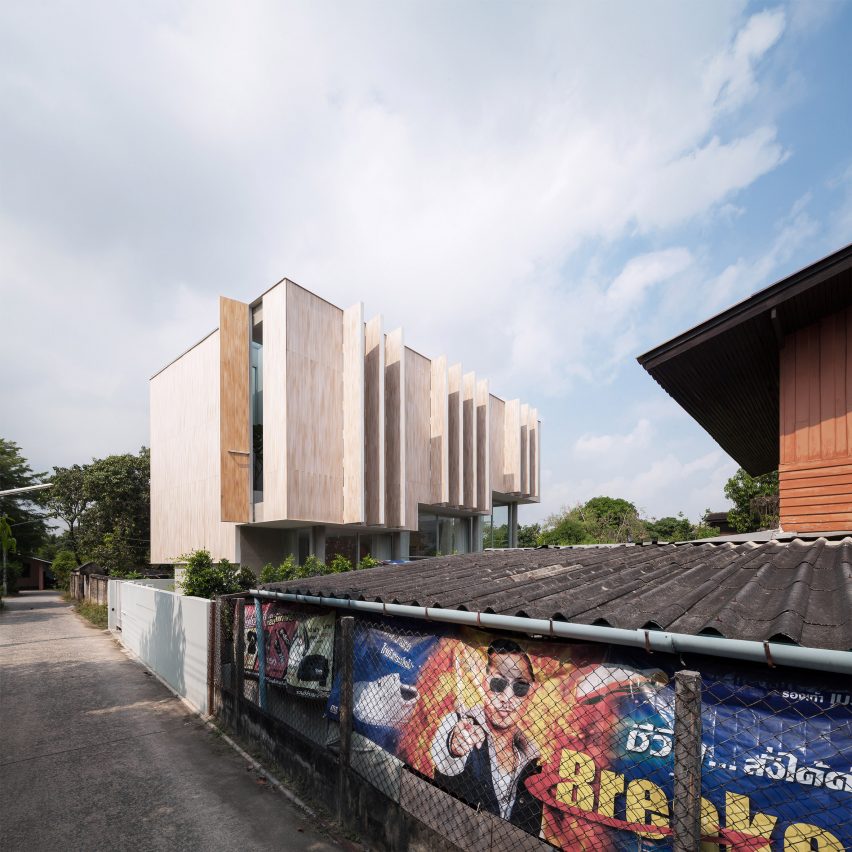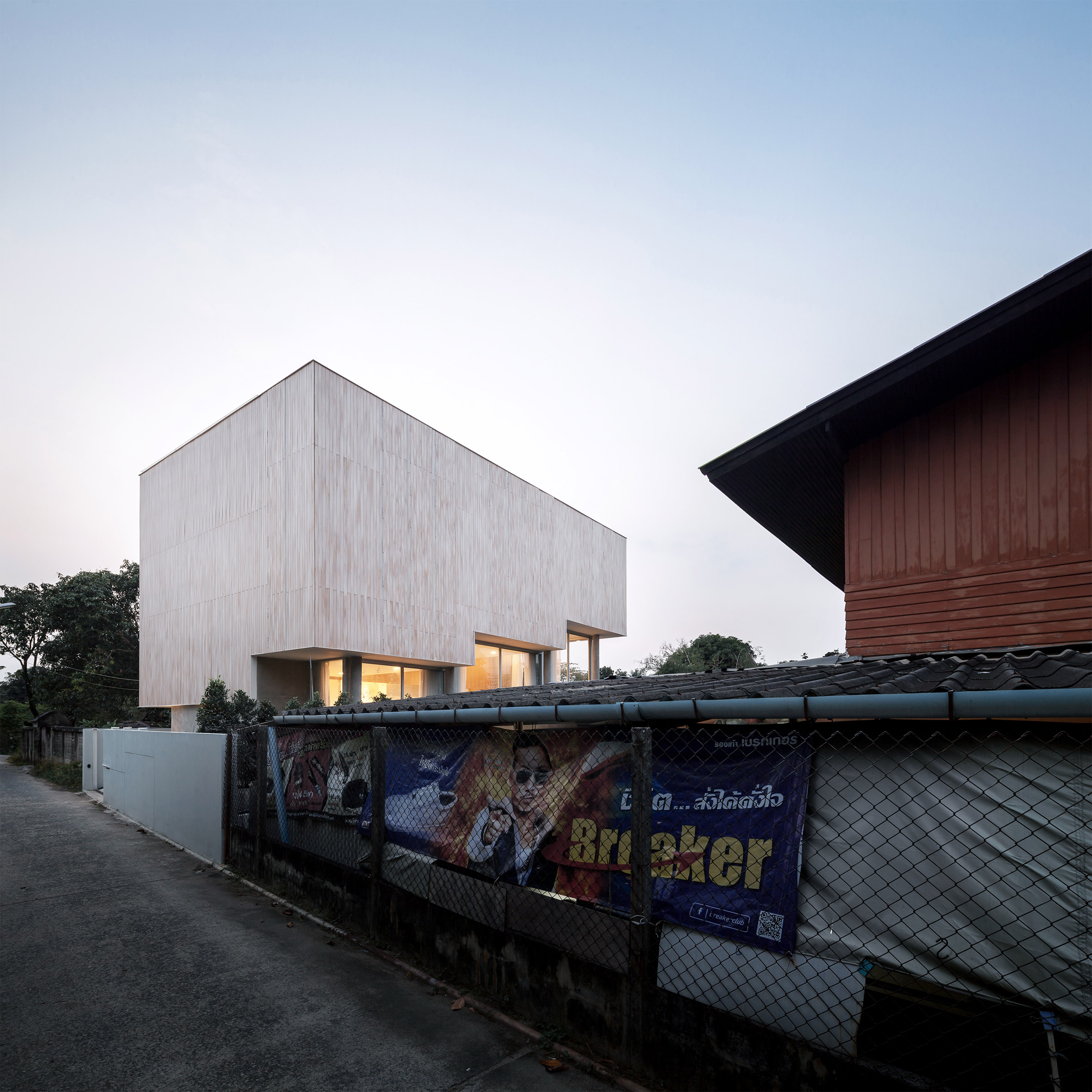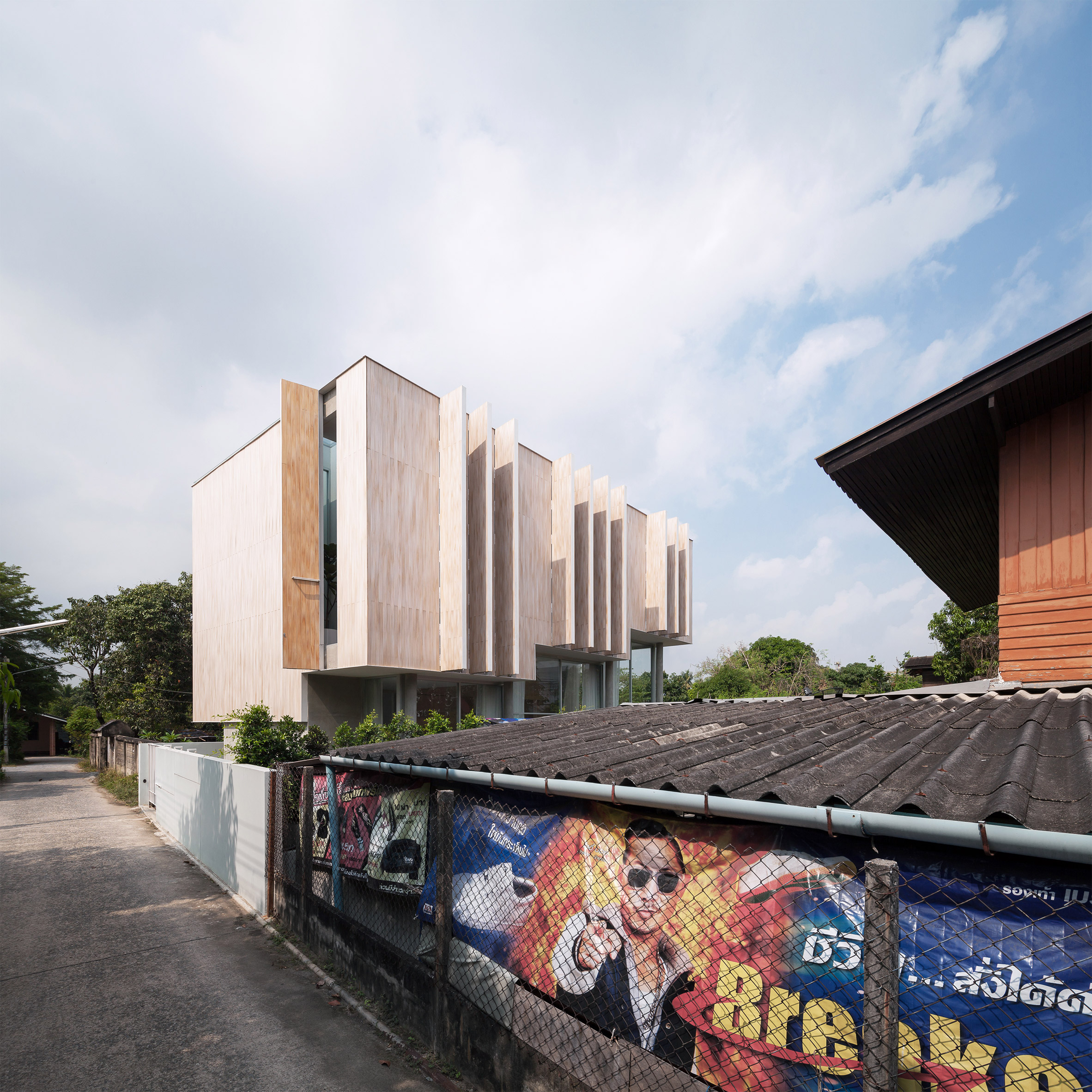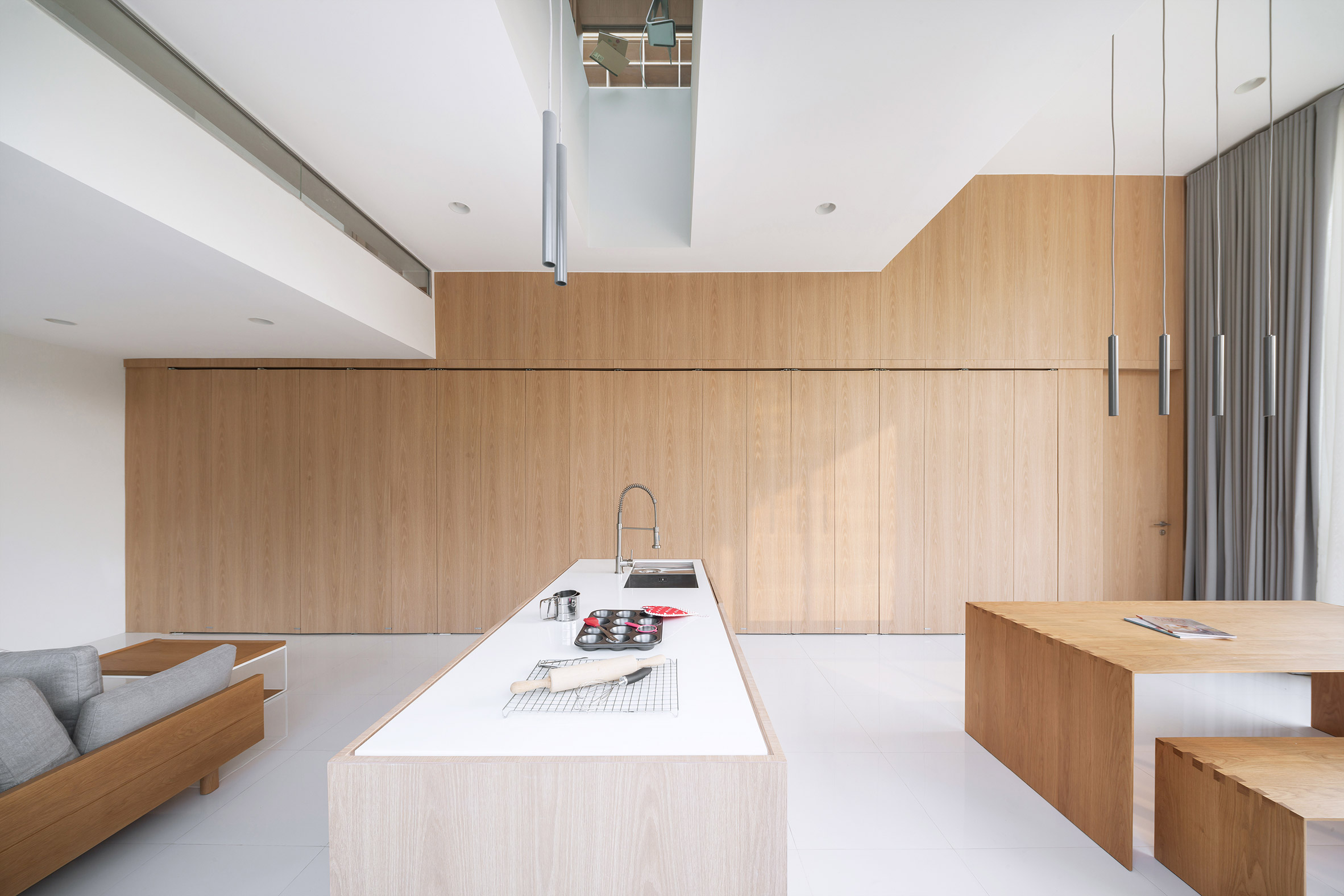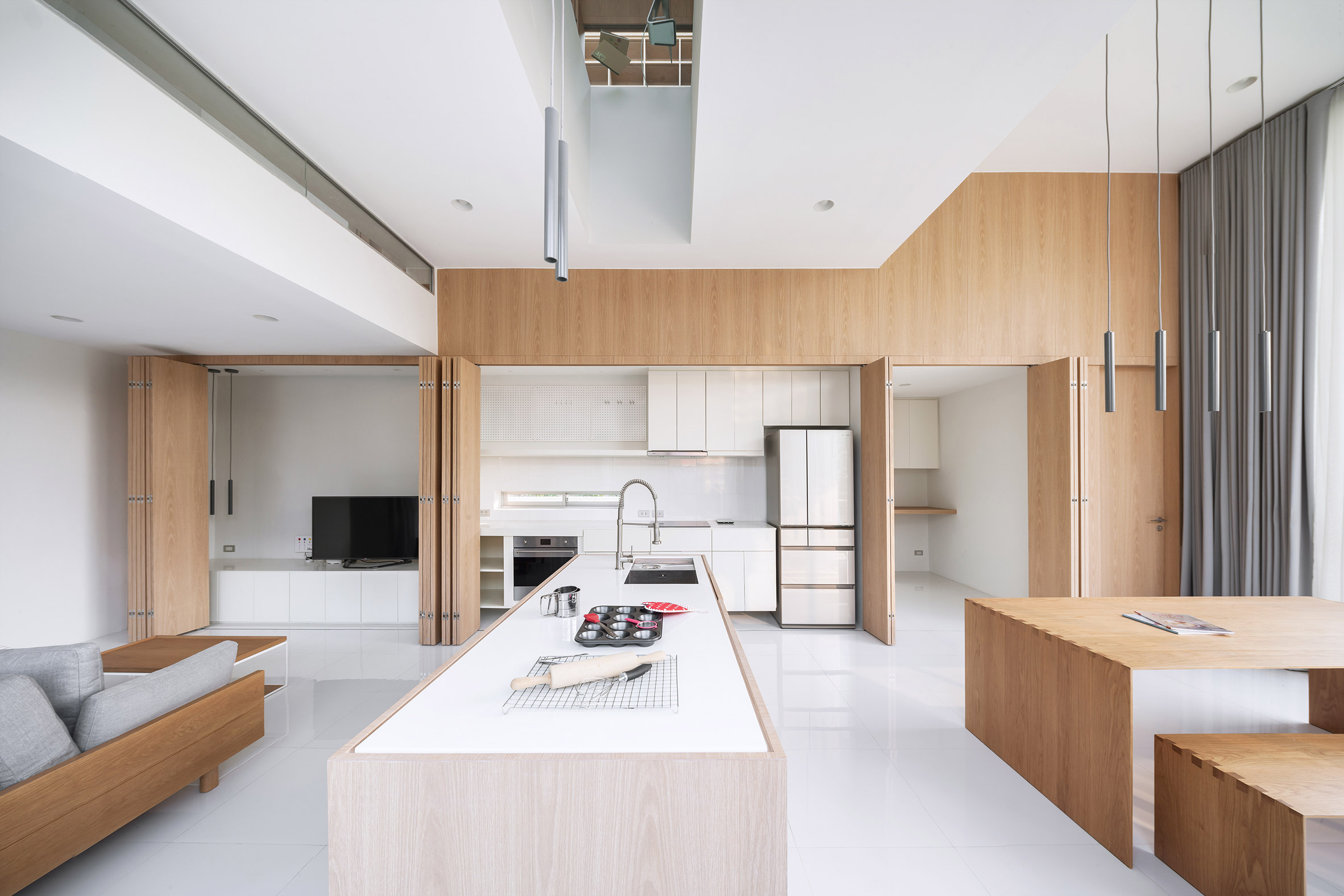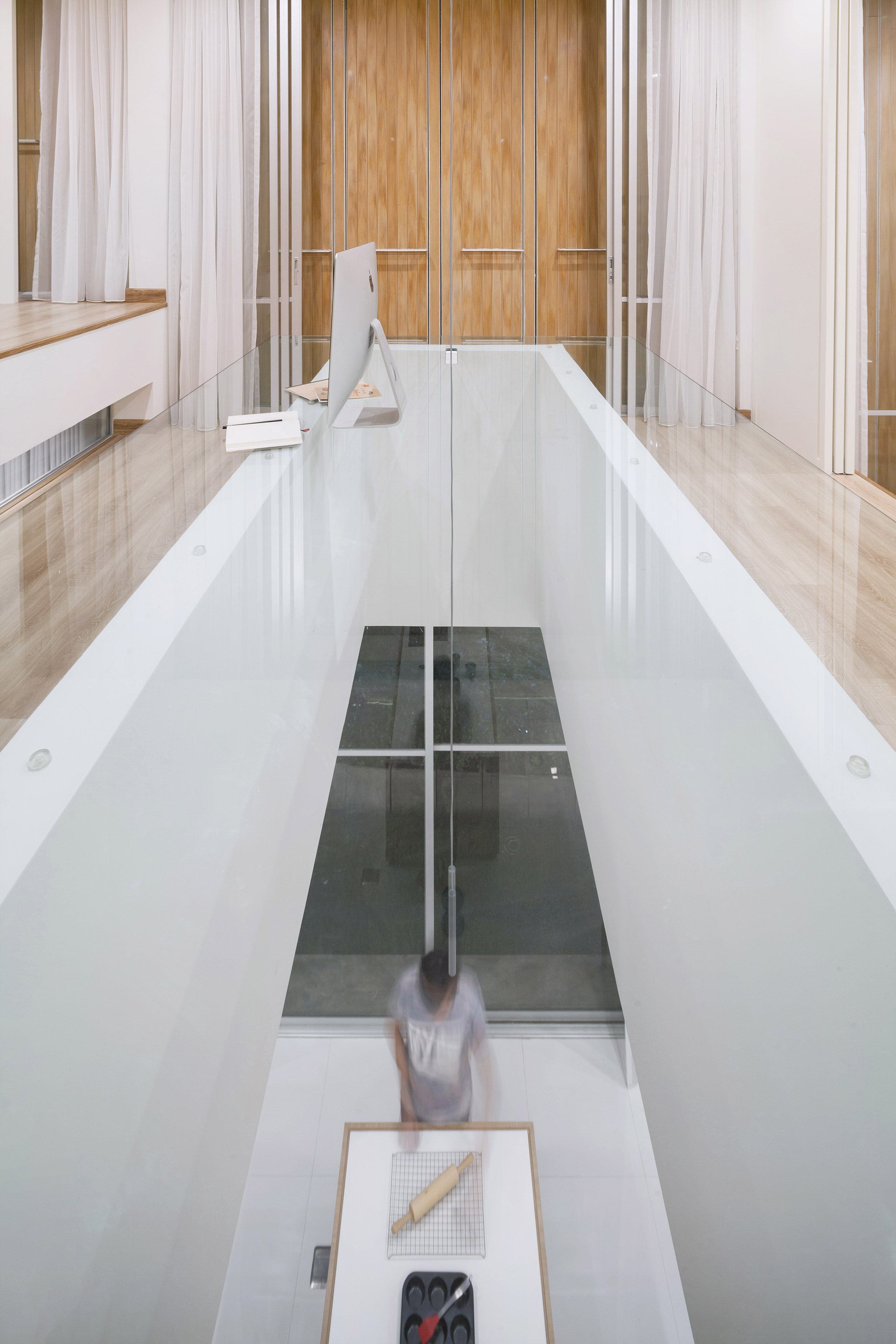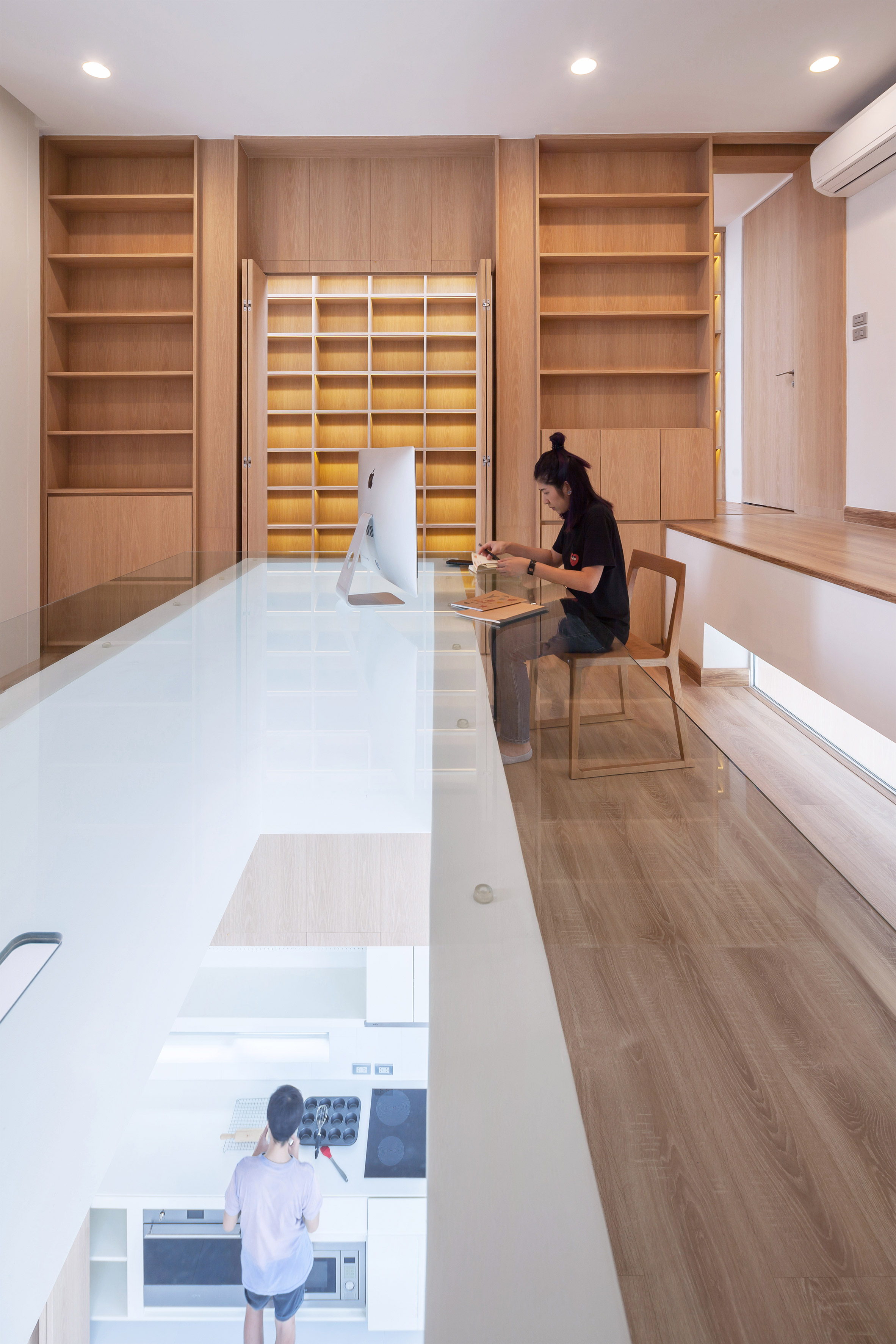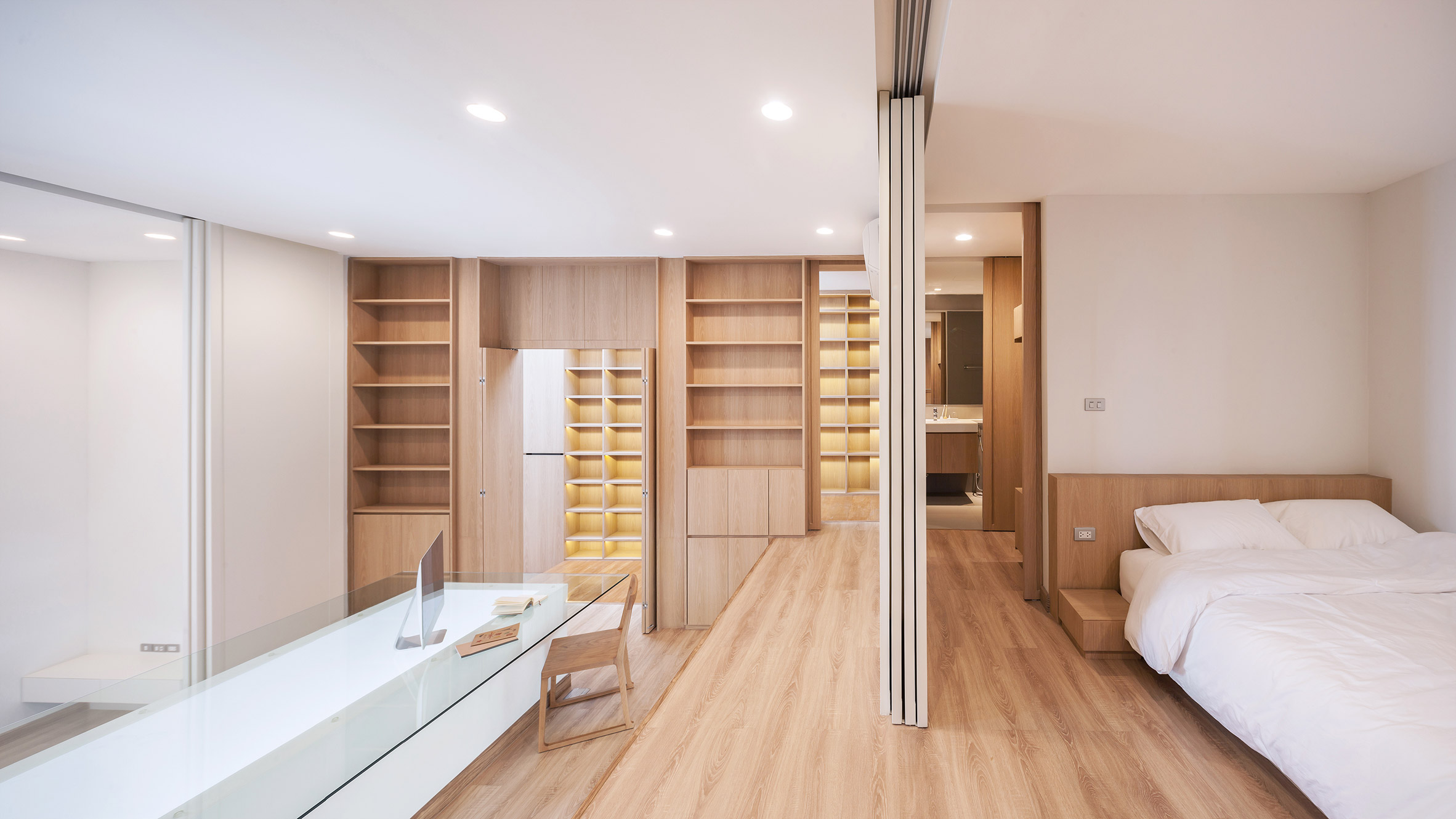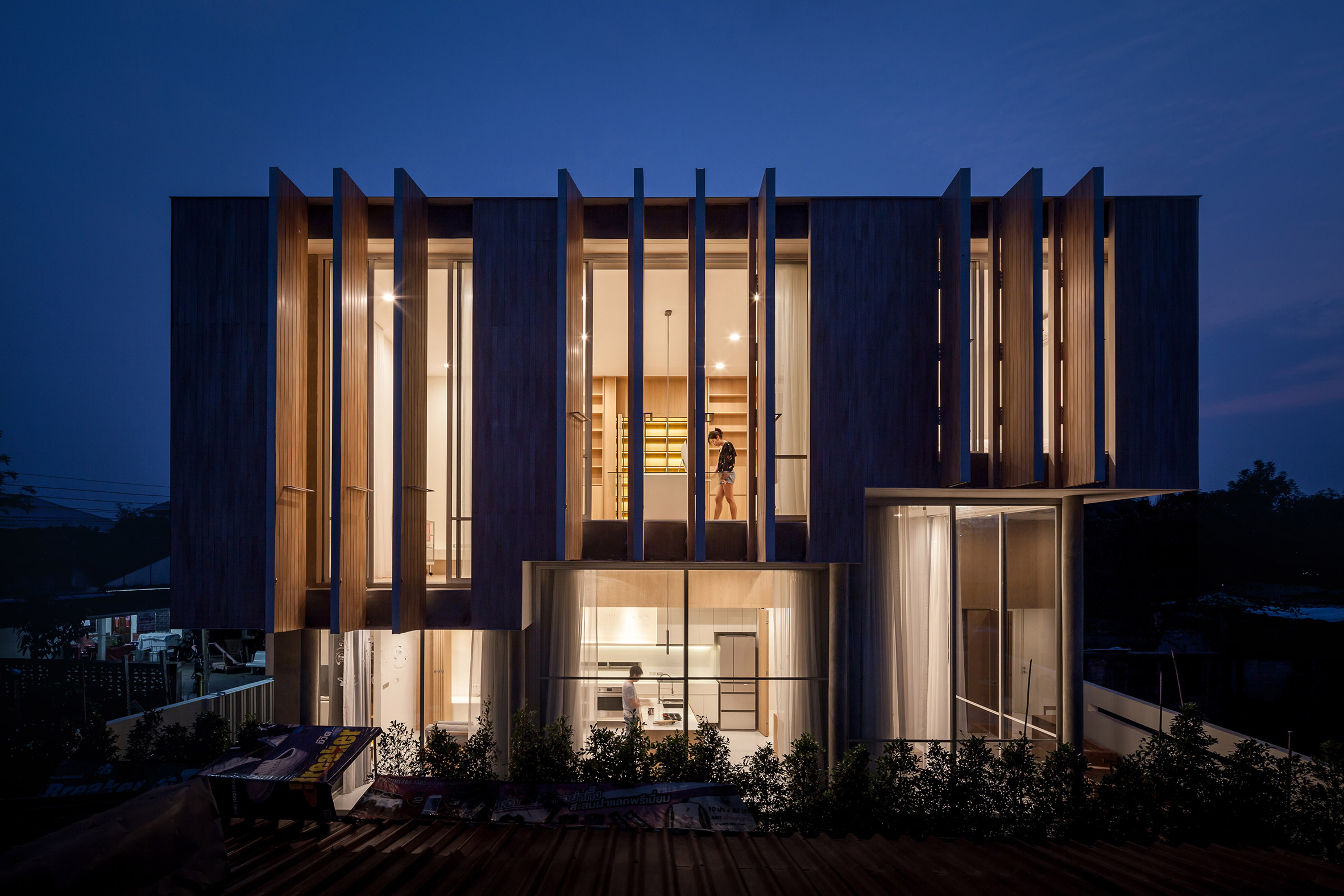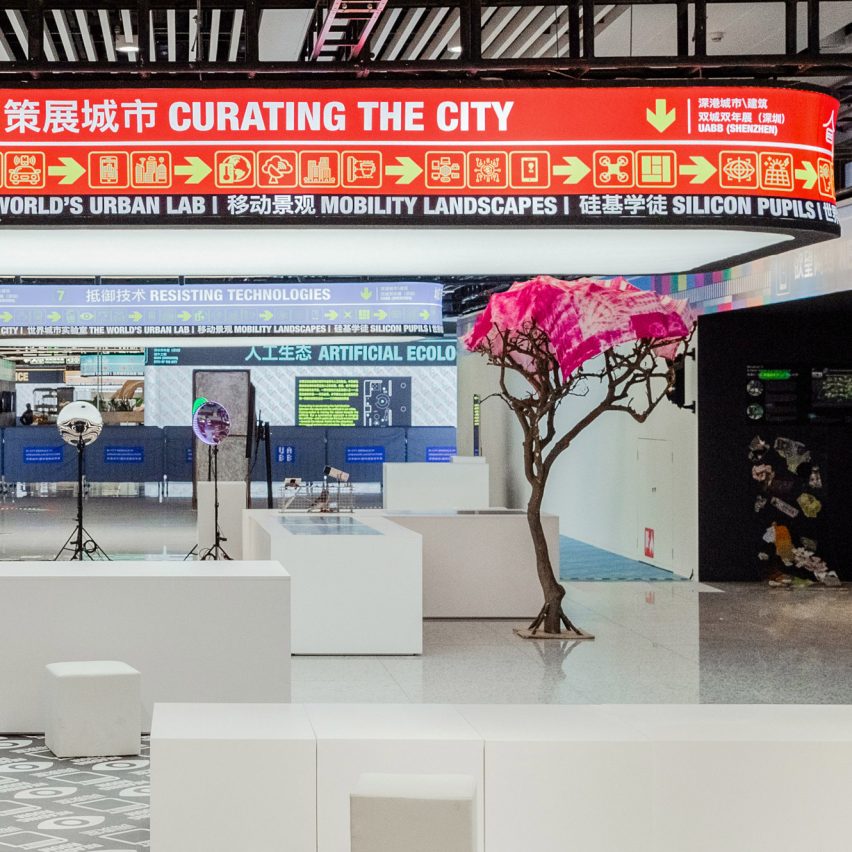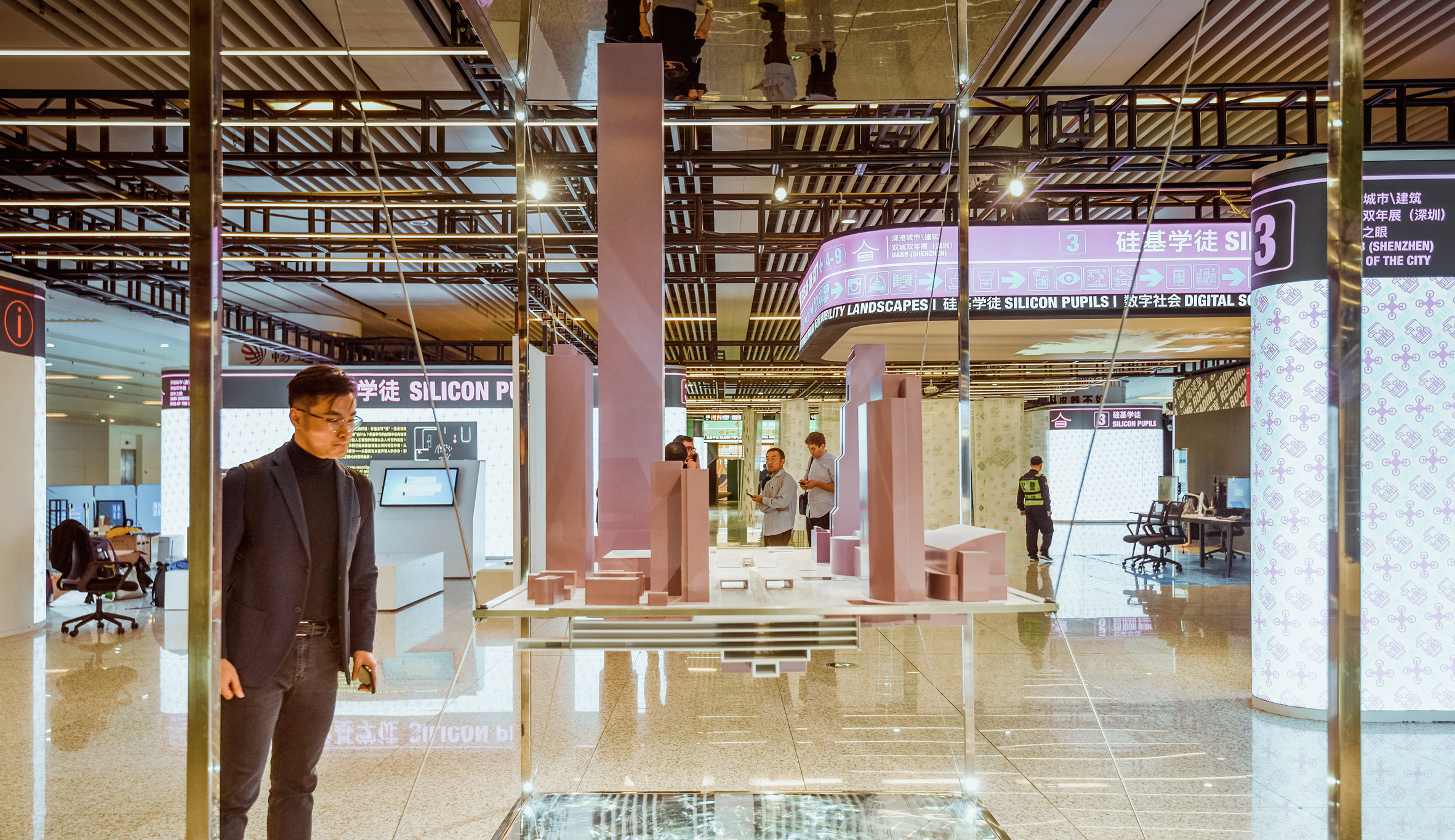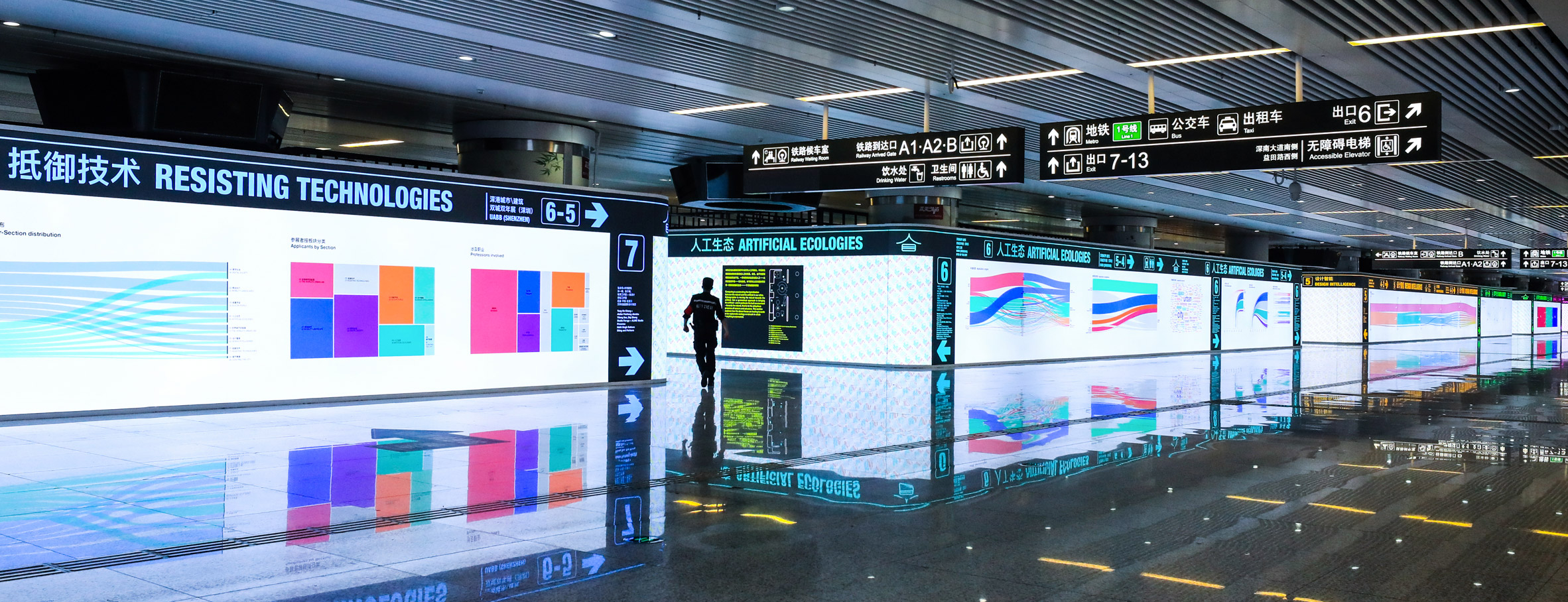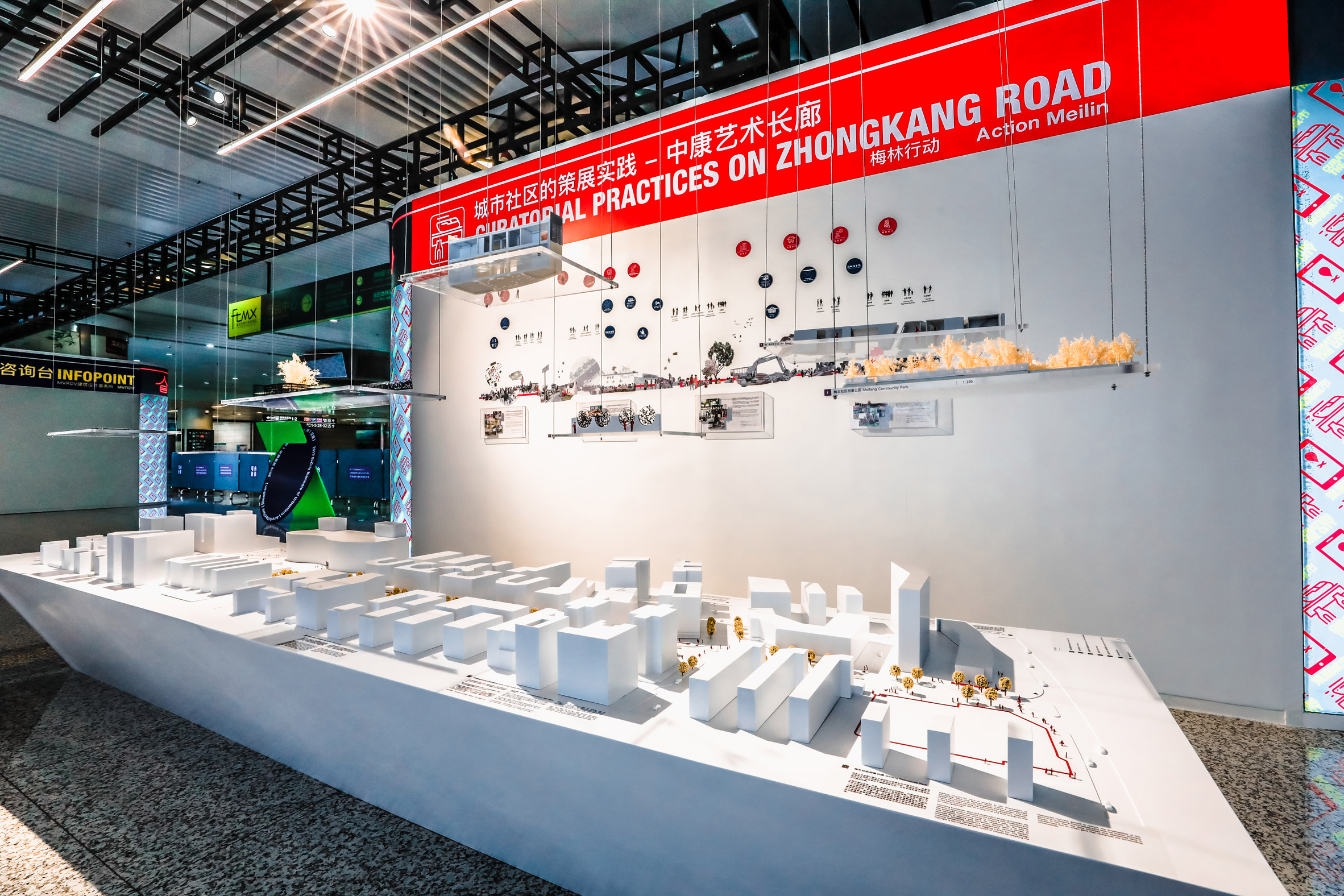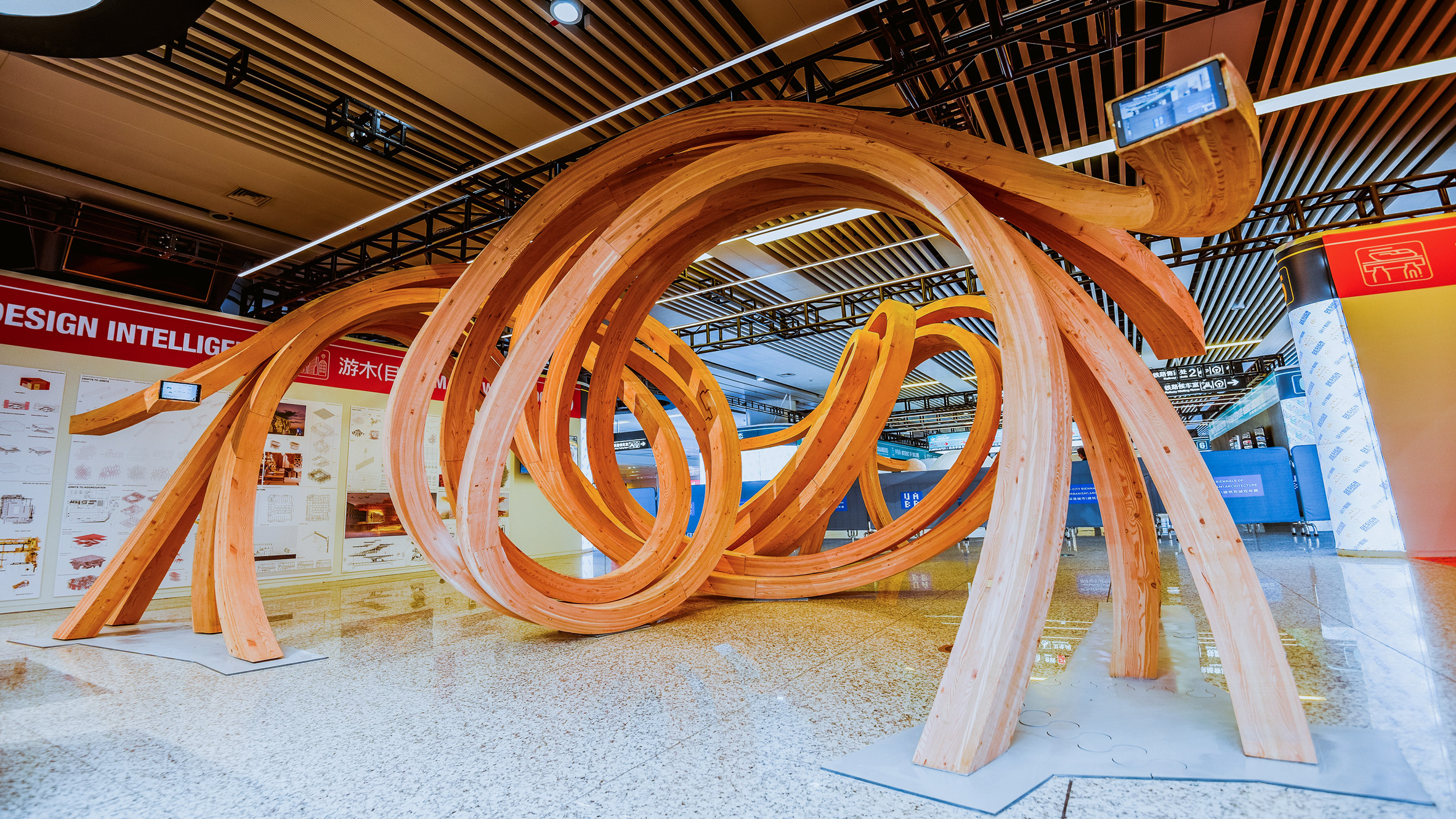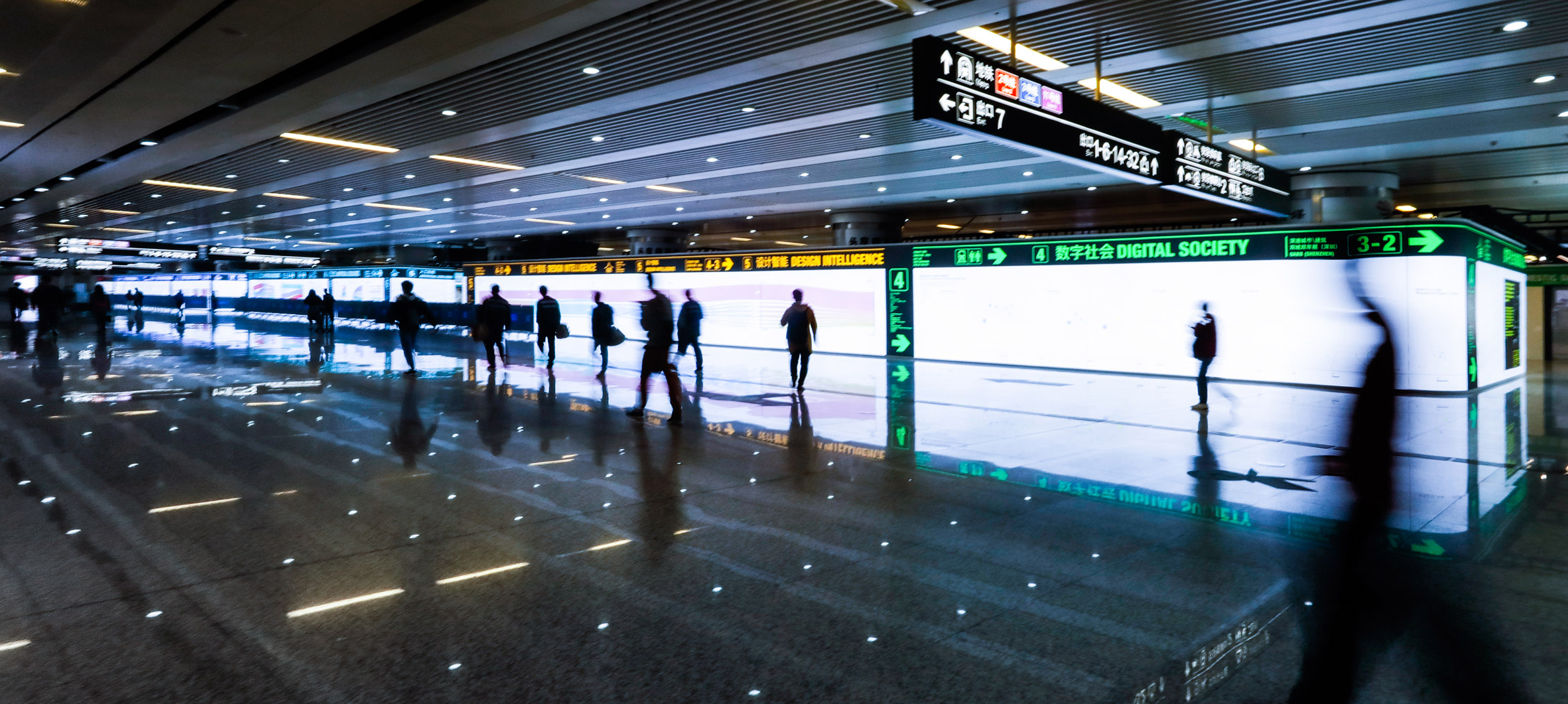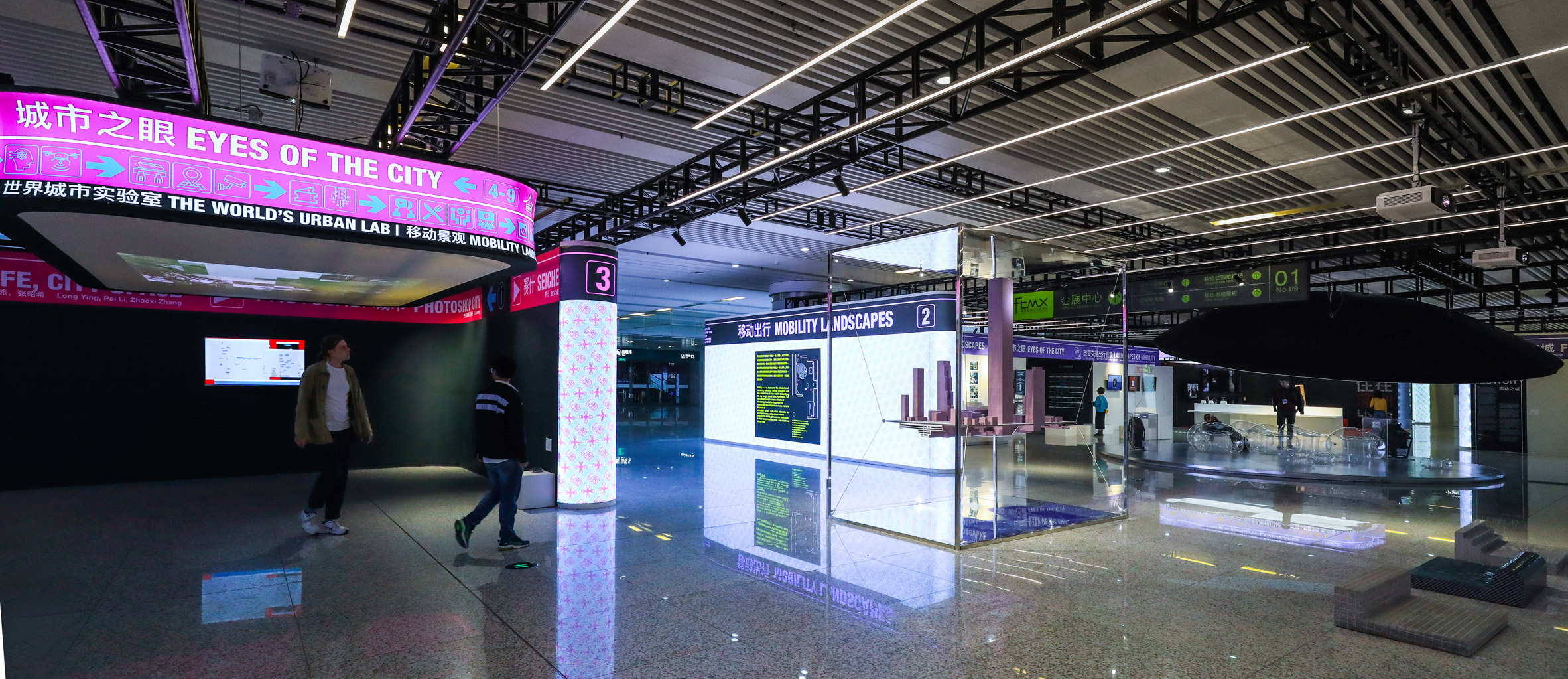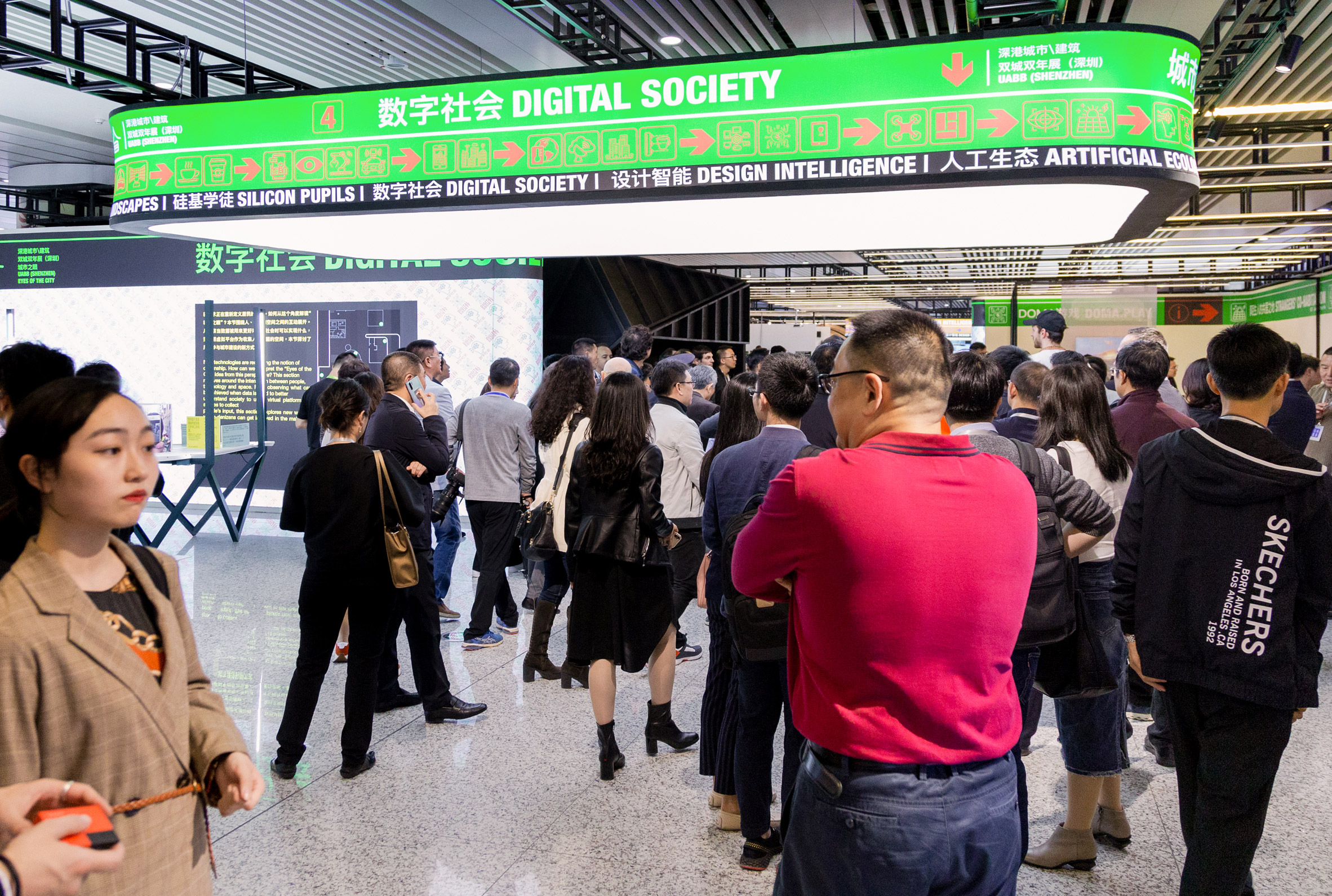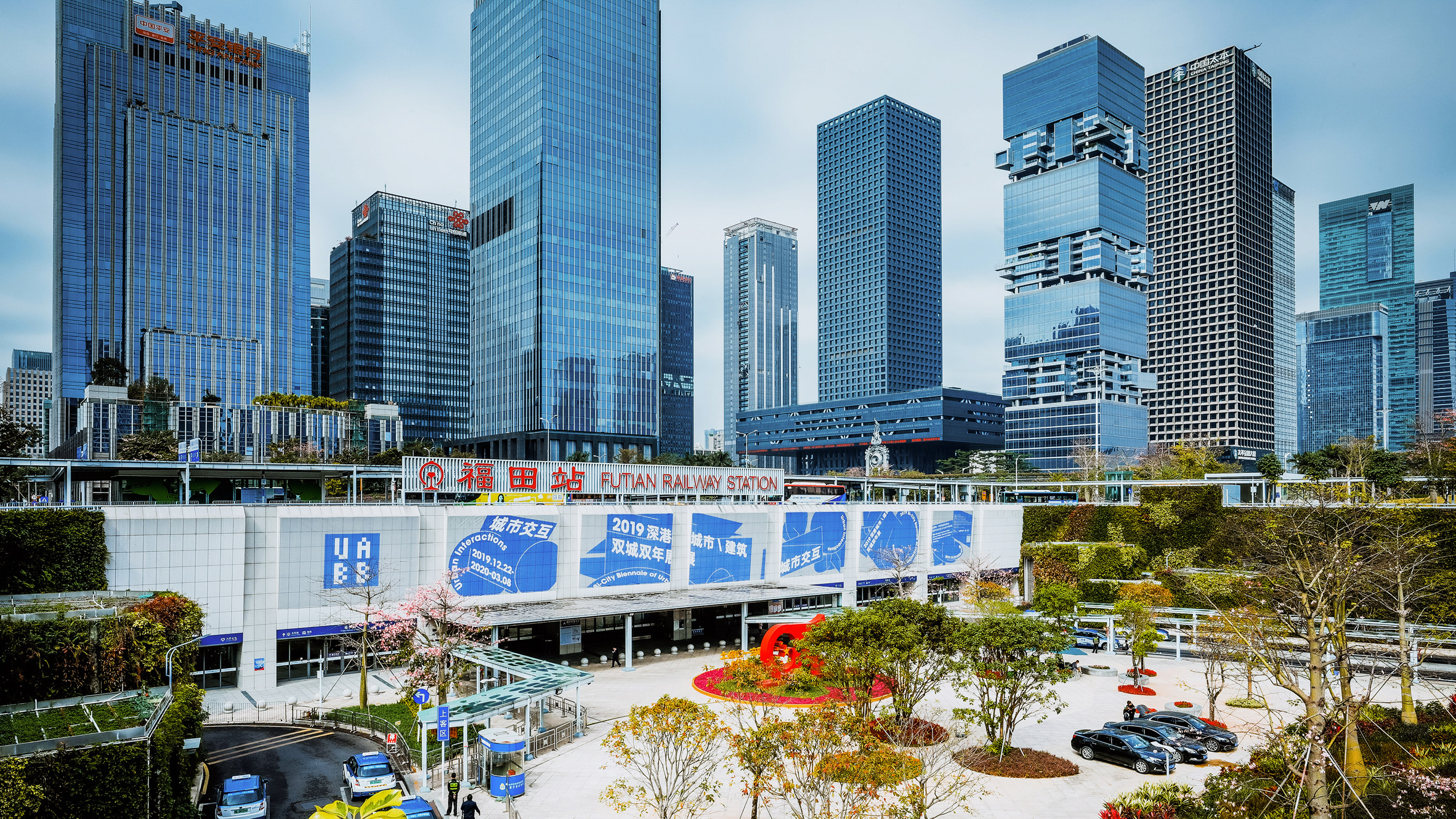Hunting is not the exclusive domain of carnivores and omnivores, you know. That’s the message that some vegans with a grand old sense of humor are trying to send the world with their hilarious ‘hunting’ photos.
They might be posing with their weapons in their hands, but they sure aren’t crouching down next to animals. No siree! Instead, they’re proudly posing next to the vegetables they ‘hunted’ in their gardens.
Bored Panda collected some of the very best vegan hunting pics for you to chow down on. Upvote your faves and let us know which ones you upvoted and why. Oh, and when you’re done, check out our earlier article about how a vegan accused someone of food appropriation because they enjoy tofu. And be sure to scroll down for our exclusive and in-depth interview with healthy-living expert, Mai Ram Yoga teacher, and lawyer Kristina Gužauskytė about veganism and having a healthy diet, lifestyle, and outlook on life.
#1
#2
Image credits: BanMePls
#3
Bored Panda reached out to healthy-living expert, Mai Ram Yoga teacher, and lawyer Kristina Gužauskytė to hear her opinion about veganism and its popularity in recent years.
“Nutrition free of animal products has been around for a long time. Many great teachings, such as yoga, Buddhism, and others, contain messages that the lives of all sentient beings is precious and should be cherished.”
“History shows that for a long time meat and other animal products were easily available only for a small part of population, whereas vast majority of people—peasants, slaves, laborers— used to consume only small amounts of it and sustained themselves on plant-based staples, such as rice (Asia), maize (South America), grains (Europe),” Kristina told us.
#4
#5
Image credits: Outdoor Boys
#6
“We can see from various research that as the food industry grew, the consumption of animal products also increased worldwide. I think, nowadays we are witnessing a saddening situation in people‘s eating habits, which are built on using food as entertainment or to relieve stress, consuming food unconsciously and way more than we need, throwing food away, not feeling any gratitude for what is on our table and not realizing that only because of Nature are we able to sustain our lives.”
She continued: “In turn, factory farming caters to these habits by treating animals like property items, without any respect or compassion. The effect is suffering—not only animals but humans themselves too, as various illnesses come as a result of overconsumption and not being in harmony with Nature.”
“So, I believe veganism is growing nowadays, as a natural counterweight for this cult of eating everywhere, everything and all the time, and using food to experience pleasure, without thinking about consequences,” Kristina shared her opinion. “For me, it is hard to predict whether the percentage of vegans is going to grow or diminish in the future. However, I am certain that there will always be people who live and eat consciously, respect and value life not just of their own but of others too.”
#7
#8
#9
Kristina told Bored Panda that she’s tried several different diets throughout her life. “In the past, I‘ve tried various things—from a standard diet to a vegetarian one, to vegan, even to raw vegan.”
“I must say, my experiments, unfortunately, were sometimes built on rules, even restrictions. Sometimes I would feel like I could fly or run to the top of the highest mountain and other times I would feel tension. For sure, I was not in true balance,” Kristina said.
“I learned so much from it. I learned that life is so multifaceted—sometimes by trying to avoid causing harm to others, one might harm him or her self. I learned that health is not just physical but also psychological. I learned what true beauty is. I learned how to hear what my body is trying to tell me through various signs. I learned that we are all different and have different physical needs, based on our genes, biology, occupation, and that we all experience different stages in life. A child‘s nutritional needs will be different than an adult‘s, a pregnant woman will need different things compared to an old person, someone who is recovering from a disease will eat differently than a healthy individual.”
She continued: “So, gradually I have let go of all tags for myself. I do feel best on a diet largely based on plants, full of colorful fruit and vegetables, prepared and eaten with love and gratitude. I do incorporate some animal products too as I feel it helps me to stay balanced and healthy.”
“Now, I feel better than ever, especially because of the psychological freedom and relaxation that comes from listening to my body and not being fanatical. I know that I am changing constantly and I accept that my nutrition might need to change as a result, so that I can adapt to all events that life brings.”
#10
#11
#12
Image credits: the_mother_of_zeus
We also wanted to know if Kristina sees any health or climate change-related problems with some people continuing to eat meat in the future. “I don‘t believe eating meat is evil by itself. My grandmother has been eating meat her whole life and she is now a youthful, happy 97-year-old lady.”
“The problem lies in overconsumption, not being conscious of our true needs and not seeing the value in the life of others. I believe that we hurt ourselves and Planet Earth by getting out of balance with Nature and not paying attention to the natural rhythms of our own bodies.”
Kristina added: “I would encourage people to be conscious of their eating habits and try to honestly see, whether they are eating food because of their physical needs or because of habit, pleasure, societal pressures.”
“By doing that, I believe, we can naturally and effortlessly decrease the consumption of meat as a society, which would allow to be healthier and diminish the extent of factory farming which is causing so much pain to those who cannot defend themselves. We are all in one big circle of Life, so let‘s cherish it and do our best to create well being to ourselves and others.”
#13
#14
#15
Veganism is on the rise, and even Greta Thunberg convinced her parents to drop animal-based food products. What’s more, we’re reading more and more articles about how quitting meat and dairy is the best way to save Planet Earth from climate change. But the reality isn’t all black and white (unlike this totally cute baby zebra born with spots instead of stripes—isn’t he the cutest?).
Advocates of veganism say that their diet is the healthiest diet ever, both for people and the environment. They also claim that it’s possible to get all the nutrients that are in meat from non-animal foodstuff.
Meanwhile, researchers on the other side of the barricades are fighting back by explaining just how important having red meat in your diet really is. Obviously, both sides have their own interests at heart and it’s sometimes hard for them to see eye-to-eye.
#16
#17
Image credits: dirtyhoefarms
#18
Image credits: emilyy.morann
We already know the benefits of veganism by heart, so let’s take a closer look at why eating meat in moderation can be good for your bod. At least according to one leading British scientist.
British red meat advocates are stating their case for omnivorism at Britain’s largest farming conference in Oxford which takes place in the second week of January this year. Alice Stanton, professor of cardiovascular health at the Royal College of Surgeons in Ireland, believes that essential nutrients in some vegetables, fruits, and grains have halved in the last 50 years.
“For plant-based foods, there’s been drops in vitamins and key electrolytes by up to 50% over the past 50 years because of the genetic selection for large volume and uniformity of shape and appearance, so the things look good on the shelves. There hasn’t been selection for nutrient content,” Stanton revealed to the media.
“I’m not against vegetarianism or veganism. It is possible to have a balanced diet with vegetarianism. It’s a little bit more challenging but still possible with veganism. However, it requires a lot of knowledge and effort, which doesn’t happen in the majority of the population. People don’t have time to invest in getting a really balanced diet through a range of plant-based foods,” Professor Stanton noted.
#19
Image credits: luke.dahl
#20
#21
Stanton also explained that eating red meat in moderation (that’s 2 to 4 times per week) protects us from heart attacks, strokes, and cancer. And the nutrients found in red meat are vital for kids during the first 3 years of their lives.
Of course, Stanton also encouraged people to eat more fruits, veggies, nuts, and pulses. Just don’t forget to add delicious steak next to your gorgeous fresh salad once in a while. After all, the science regarding what’s healthy (or rather what isn’t) keeps changing and it’s easy to get lost. Remember way back when fat used to be the biggest problem? And then salt? And then sugar? And now meat? Whether you’re a vegan, vegetarian, pescatarian, or omnivore, just remember to get all the nutrients your body requires, exercise lots, and get plenty of sleep.
#22
#23
#24
#25
Image credits: olivertattoo
#26
Image credits: mrs.muschalle
#27
Image credits: modern_life_tarzan
#28
Image credits: hazzypants
#29
Image credits: kieltys_irish_sauces
#30
#31
#32
Image credits: incrediblemyron
#33
Image credits: ch33se_69
#34
Image credits: l_aurarossi
#35
Image credits: fruity_alpaka
#36
Image credits: _jpsinger
#37
Image credits: mywildgardendream
#38
Image credits: the_great_orbax
#39
Image credits: samharridge
#40
Image credits: hoodoo_roosters
#41
Image credits: amberlinella
#42
Image credits: dudorg
#43
Image credits: anthostaky
#44
Image credits: bigfancy451
#45
Image credits: veganvikki1988
#46
#47
Image credits: maryann_stol
#48
Image credits: feliciagreta
from Bored Panda https://ift.tt/2QQcaMw
